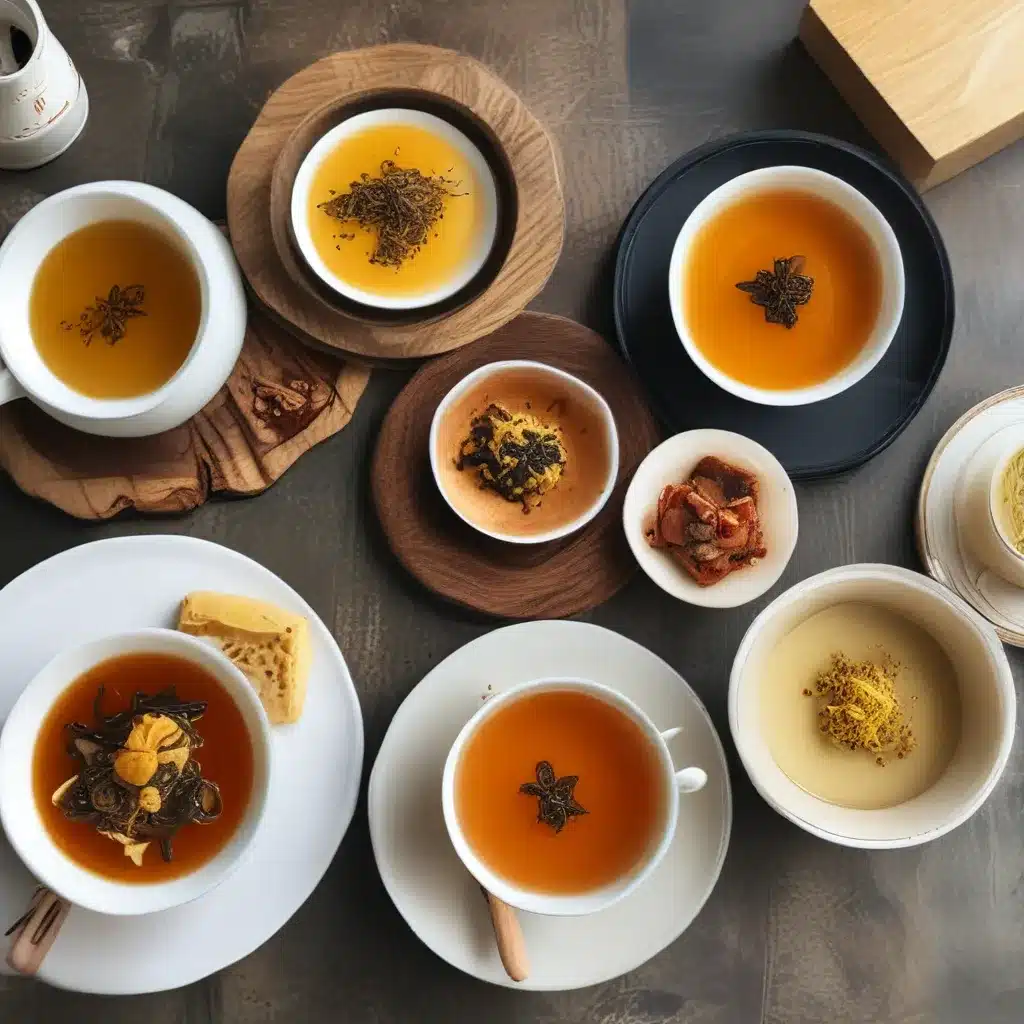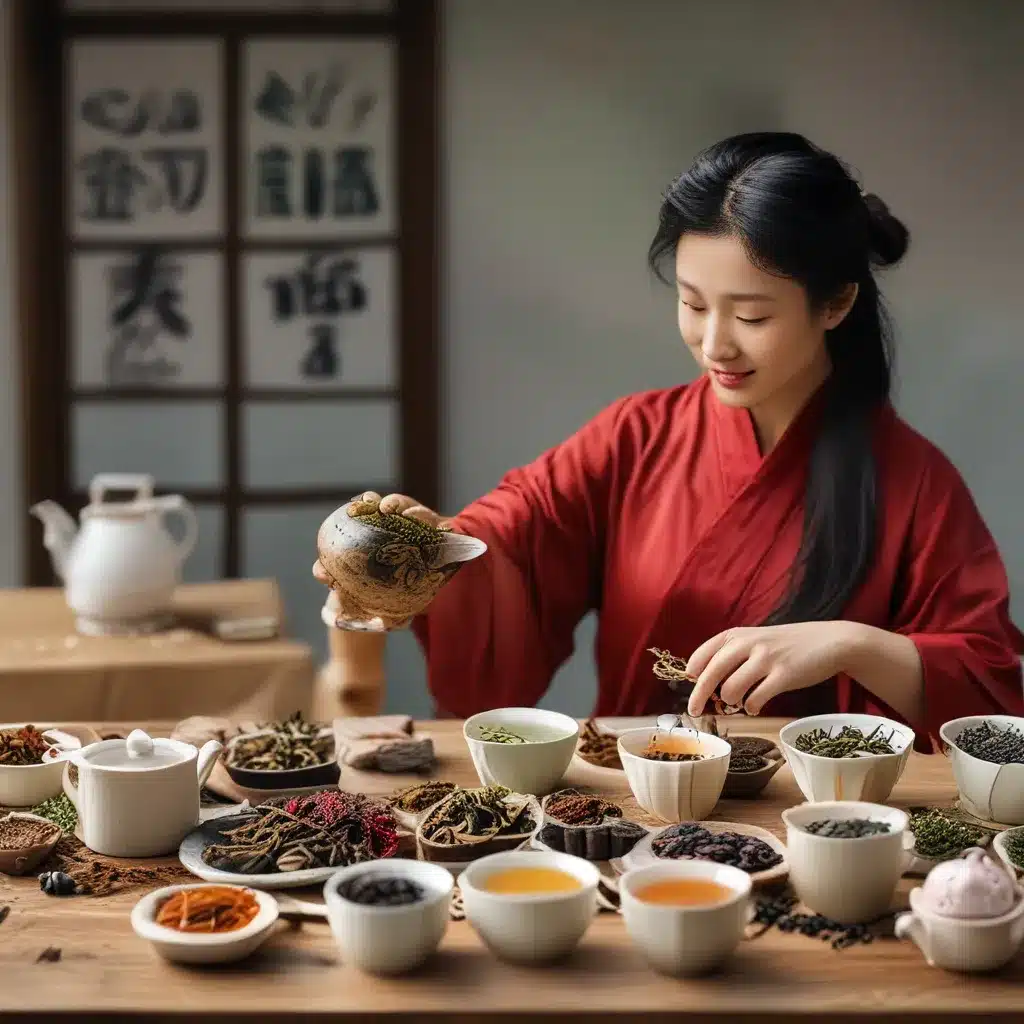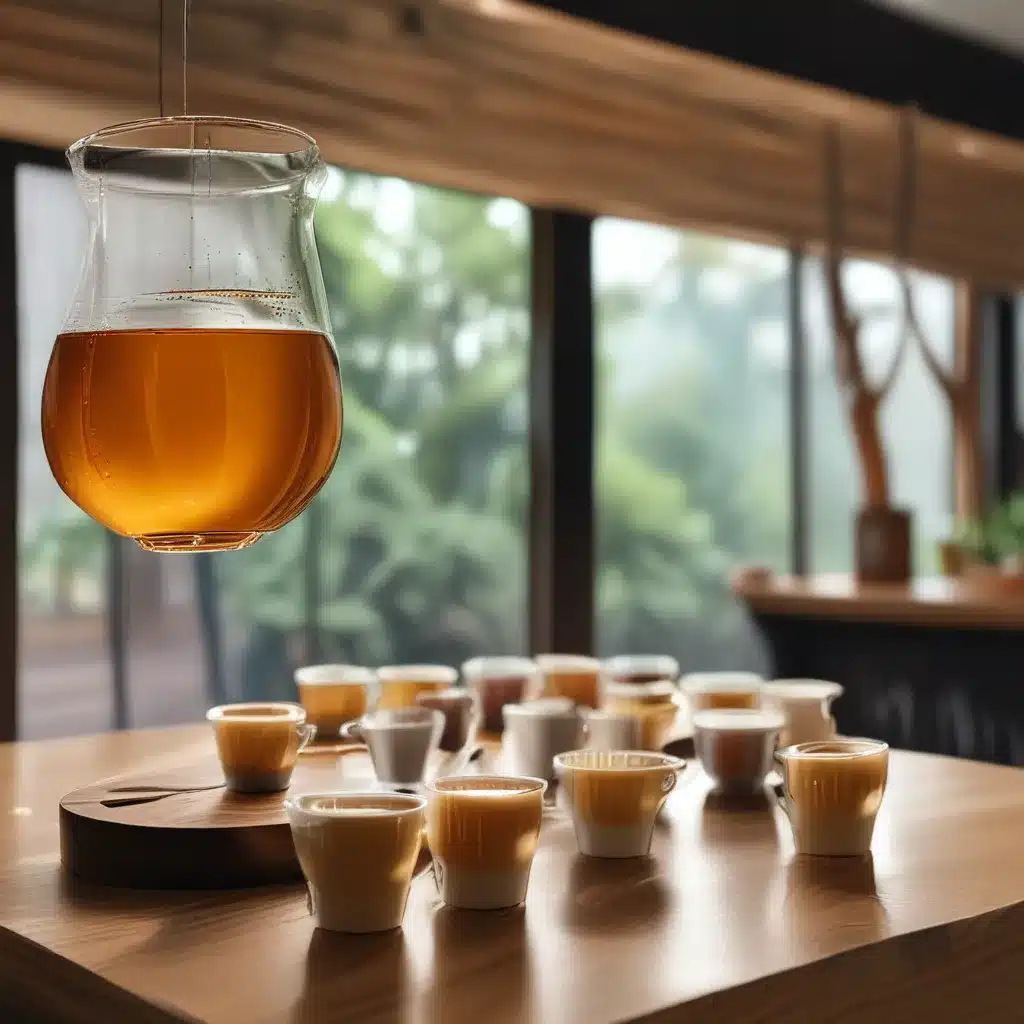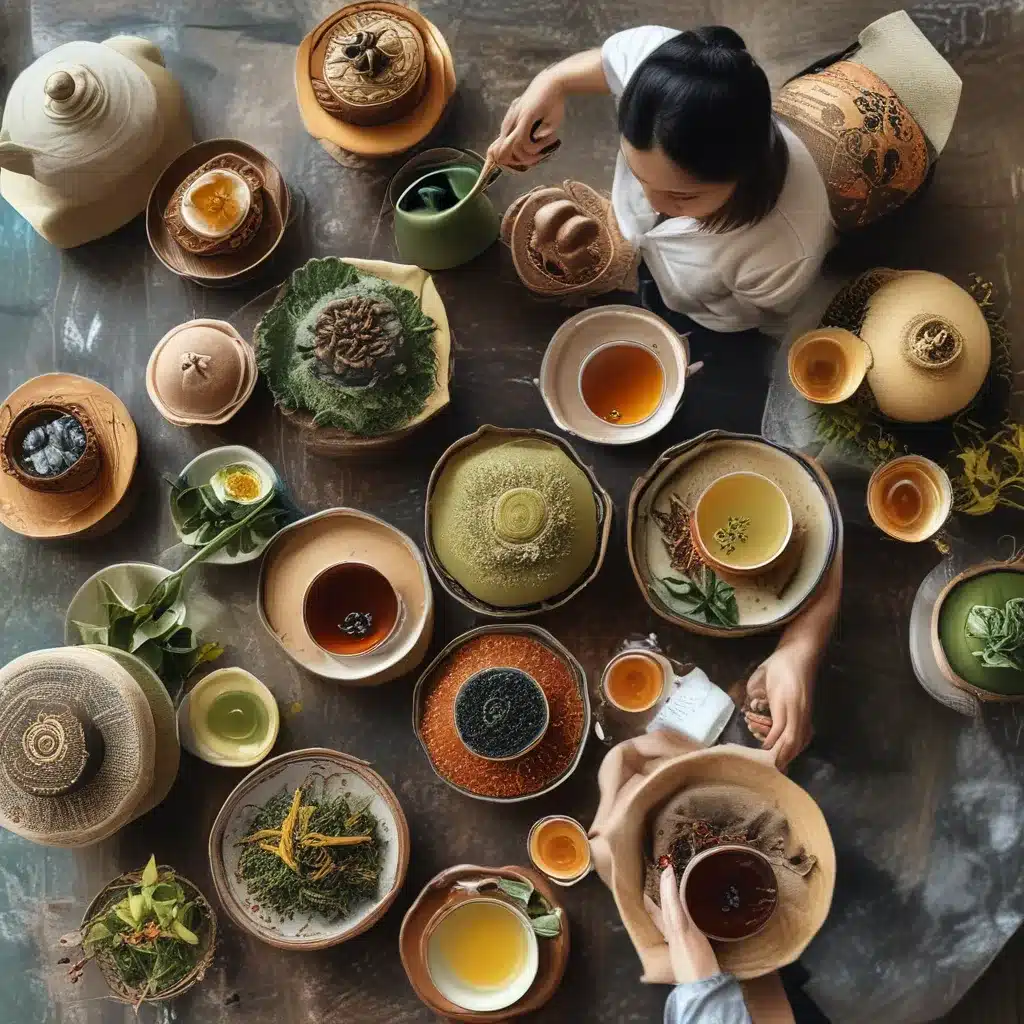
What is Buddhas Hand?
Buddha’s hand ( Citrus medica var. sarcodactyla) is an unusual Citrus fruit with wrinkled, claw-like fingers or sections. The rinds of the fingers contain practically no fruit tissues or juice sacs. It is valued for its unique fragrance rather than as a food. The fragrance of its dried peel is often described as reminiscent of lime, orange, grapefruit or lemon.
As I have recently discovered Buddha’s hand, I wanted to share some of my favorite recipes using this unusual ingredient for its wonderful citrus aroma. Since the fingers contain little juice or pulp, Buddha’s hand is primarily used to impart its zesty scent to other dishes rather than being eaten on its own.
Using Buddhas Hand For Baking
The potent but delicate citrus scent of dried Buddha’s hand peel makes it ideal for enhancing baked goods like cakes, cookies and breads. Finely grating the peel directly into batter or dough allows the aromas to infuse thoroughly. Here are a few of my favorite baking recipes featuring Buddha’s hand:
For a flavorful quick bread, I like to make a zucchini bread with 1/2 teaspoon dried and grated Buddha’s hand peel folded into the batter. The light orange essence complements the vegetable nicely. I have also found that adding 1/4 teaspoon peeled to sugar cookie dough creates an unexpectedly refreshing twist on a classic. For something more indulgent, try folding 1/2 teaspoon peeled into the batter of a rich citrus cream cheese pound cake. The peel brings an extra dimension to the other citrus notes in the recipe.
The dried peel can also be used to make homemade citrus salt to finish baked goods. Simply grind 1 teaspoon peeled with 3 tablespoons kosher salt until powdery. It adds a bright pop of flavor when sprinkled over scones, muffins or biscuits before baking.
Using Buddhas Hand In Savory Cooking
While its primary use is in sweet applications, dried Buddha’s hand peel has an incredible ability to uplift savory dishes as well. A sprinkle judiciously applied is key to allowing the delicate citrus essence to shine through without overwhelming other elements. Here are a few of my favorite ways to incorporate Buddha’s hand into main courses and sides:
For pasta dishes like carbonara or aglio e olio, I like to finish it with a pinch of dried and grated Buddha’s hand peel. The light orange perfume lifts the richness of the sauce. When roasting chicken or fish, I rub a little oil with 1/8 teaspoon peeled under the skin before cooking. It adds an unexpected layer of brightness. For sautéed or roasted vegetables, a few threads of peeled sprinkled over just before serving infuses subtle citrus nuances. Even soups and stews benefit from a quick grating of 1/16 teaspoon peel stirred in just before serving to balance robust flavors. The peel also works well as an herbal seasoning in compound butters for bread or veggies.
Using Buddhas Hand To Make Infusions
The drying process concentrates Buddha’s hand’s essential oils, making its peel the perfect ingredient for homemade infusions. Steeping the dried rind imparts a lovely floral citrus essence. Here are some unique infusions I enjoy making with Buddha’s hand:
A simple tea can be made by steeping 1/4 teaspoon dried and grated peel in 8 ounces of hot water for 5-10 minutes. It has a refreshing yet mellow flavor. I also like to make an orange-flavored simple syrup by simmering 1/2 cup sugar with 1/3 cup water and 1/4 teaspoon peel for 5 minutes, then cooling. It’s delicious in cocktails or over pancakes. For an herbal remedy, I’ll simmer 1 teaspoon peel in 1 cup water for 10 minutes as a digestive tonic. The lightly floral aroma is quite soothing. Candying strips of Buddha’s hand rind yields an elegant garnish with vibrant acidity for cakes or fruit compositions. Infusing oils with peeled is also lovely for an aromatic massage or bath oil.
I hope these recipes and ideas for using Buddha’s hand have provided some inspiration! Please let me know if you try any – I’d love to hear how they turn out for you.






